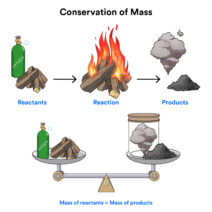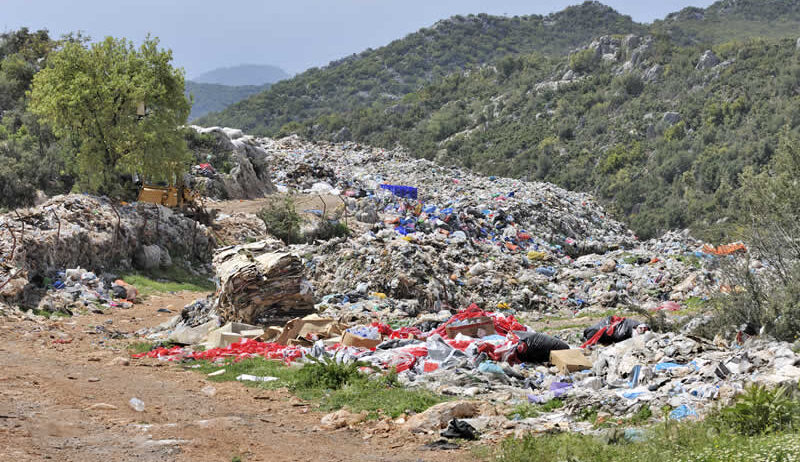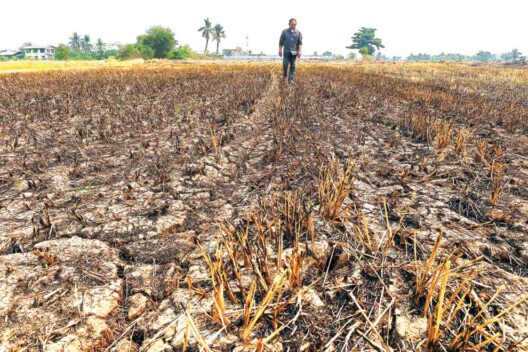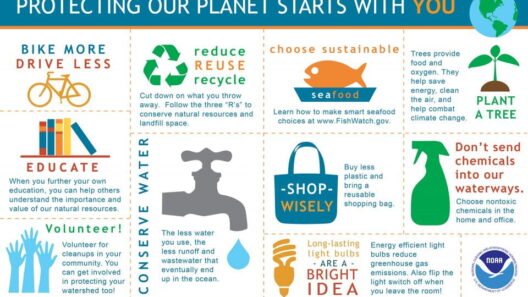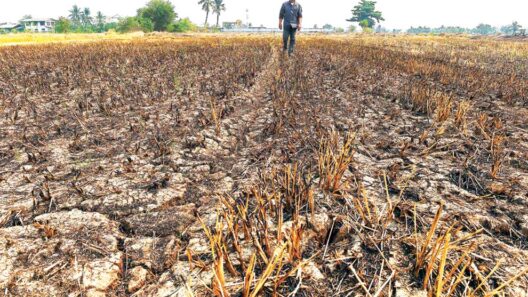In the realm of environmental science, the intersection of nuclear weapon testing and climate change remains a compelling yet often overlooked topic. At first glance, one might not immediately connect atomic fallout with global warming; however, a deeper exploration reveals an intricate web of consequences that stem from these tests. This discourse aims to dissect the various dimensions of this phenomenon, elucidating how bomb tests can indirectly contribute to the plethora of challenges posed by climate change.
Historically, the practice of nuclear testing peaked during the mid-20th century, specifically from the end of World War II through the early 1990s. Nations, primarily those with significant military capabilities, conducted atmospheric, underground, and underwater detonations as a means to assess the efficacy of their arsenals and establish deterrent postures. While the immediate ramifications of these tests were primarily focused on geopolitics and national security, the far-reaching environmental impacts are only recently receiving the attention they merit.
One of the most striking observations regarding nuclear testing is the release of substantial quantities of radioactive isotopes into the atmosphere. These isotopes, such as cesium-137 and strontium-90, have a half-life that spans several decades, contaminating ecosystems and penetrating the food chain. The release of these substances not only poses significant health risks to human populations but also contributes to atmospheric changes that can alter thermodynamic patterns, potentially influencing global temperature dynamics.
The impact of nuclear tests on the environment extends beyond radioactive fallout. The explosive power of nuclear detonations can lead to localized atmospheric alterations. For instance, the immense heat generated creates fireballs that can initiate large-scale wildfires. These wildfires do not merely combust vegetation; they release copious amounts of carbon dioxide and other greenhouse gases into the atmosphere. This exacerbates the greenhouse effect, raising temperatures both locally and, cumulatively, on a global scale.
Furthermore, the atmospheric debris generated during tests can lead to the formation of water vapor in the stratosphere. Water vapor is a potent greenhouse gas, and its increased presence can enhance the planet’s trapping of heat. This phenomenon, while seemingly a side effect of nuclear tests, has larger implications for long-term climate trajectories. It is essential to draw attention to these interconnected dynamics, as they illustrate a broader narrative about human activities and their environmental repercussions.
On a societal level, the legacy of nuclear testing has significant psychological ramifications. Areas that were once vibrant ecosystems have turned into parched, scarred landscapes, conjuring feelings of loss and devastation. Communities affected by nuclear tests often grapple with existential threats, as they are left to contend with both immediate health hazards and long-term ecological degradation. This intertwines with climate change paradigms, as vulnerable populations face compounded risks from rising sea levels, extreme weather events, and other climate-related catastrophes.
Moreover, the geopolitical implications of nuclear tests cannot be understated when considering their relationship with climate change. Nations that prioritize nuclear armament may divert significant resources away from sustainable development and climate change mitigation initiatives. This prioritization can inhibit global efforts to combat climate change, as financial and intellectual capital are absorbed by military endeavors rather than environmental stewardship.
Another critical angle is the ideological connotation attached to nuclear testing. The mere act of testing signifies a desire for power and dominance. Ironically, this craving for control over nature runs parallel with humanity’s growing responsibility towards environmental conservation. The juxtaposition elicits a philosophical quandary: can the same nations that wield power through nuclear tests truly champion the cause of ecological preservation? This question beckons a critical examination of values and priorities at a global level.
The scientific community has made strides in connecting the dots between nuclear fallout and climate change. Data derived from studies of atmospheric chemistry has shown that the particulate matter released during nuclear detonations can contribute to aerosol formation. These aerosols can influence cloud formation and precipitation patterns globally, leading to unintended climatic shifts. Thus, the aftermath of a single bomb test can reverberate throughout the planetary systems, altering weather patterns and contributing to long-term climate anomalies.
In conclusion, while the direct contributions of atomic fallout to global warming may not be immediately apparent, a comprehensive analysis reveals a slew of indirect consequences that cannot be ignored. The interplay between nuclear testing and climate change serves as a poignant reminder of humanity’s profound impact on the environment. This intricate relationship calls for a more nuanced understanding and a collective responsibility to address the myriad of challenges that lay ahead. To prevent exacerbating the already precarious state of our planet, a holistic approach towards energy policies, international treaties, and environmental accountability must be prioritized, ensuring that the devastating legacy of nuclear tests does not further compound the climate crisis we currently face.
